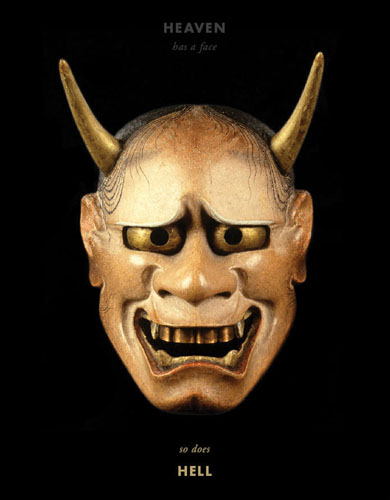We all know the adage, but it has taken on a new meaning for me after the move. The new job is great, the schedule, not so much. Not only did I go from three and four day weekends down to two, but I loose half of the first day off to much needed sleep.
How does this affect you, dear friends? Other than a bit more irritable host, I hope it doesn't. I just have to become, forgive me a disgusted shutter, organized. Not that organized is a naughty word, but come on, we are all creative types here. Schedules and structure are the devil. They are also a necessary evil, now.
The first step in selling my soul is squaring away my work spaces. The goal is a spot for the forge, and a separate home for wood working tools. The writing space, the precious few times it has been utilized, is anywhere I can hunker down with my tablet and keyboard.
So far the lathe has a new locale.
It isn`t much, a vintage Craftsman pipe lathe. Not super precise, it gets the job done. It is mostly for turning tool handles and the occasional magic wand. Yes, magic wands. I would like to get back into tobacco pipe turning at some point. There is already enough on my plate for the time being, though.
The forge is now nestled in a cozy little spot in the back stall of a little barn.
There was an addition to the family just before the move. She ain`t the prettiest thing in the world, but when I saw her rotting in a back alley I had to make the owner an offer. Thirty bucks later and she is happily back to work.
Still a bit of cleaning up to do, but no real complaints.
I have been tinkering here and there, lately. Made a couple of knives, and a few tools. Production has yet to really ramp up though. I have a decent stockpile of steel, and a ton of ideas, time is the only issue. Story of my life, what else is new.
Once the dreaded physical space organization process is done I need to lay down the law with myself. That means schedules and deadlines.
I now have three long form writing projects that are languishing in the half to three quarter finished stage of first draft. Each time I had a legitimate reason for starting something new, but now it is time to choose one and stay the course. I also have two short stories nearing completion that I am, quite frankly, scared to finish.
It is an odd feeling. One that I only get about writing. The fear of actually finishing something, maybe simply because I will have to put it out there to be judged? That doesn't make much sense. I don't feel that way about any other form of art. I usually just dive in, do the work, and throw it out of the nest the second it can survive on it's own, off to make it's way in the world. But writing is cerebral, intellectual mixed with creative. The logical mind gets invited to the party, and he is a real downer. Sure he provides tons of facts, and establishes plausibility, but damn. He is always calculating risks, predicting disasters. The hardest part of writing is getting him to provide needed ballast without sinking the ship.
Deadlines should help with this. If I put a proverbial gun to his head, the logical mind is usually too preoccupied with the goal to nay say. Another way to distract him is task focus. Break the job into digestible pieces, and his ADHD becomes less of a problem. The final tine in my three prong approach is incentives. I have resorted to dangling my more physical pursuits in front of my own nose to keep me moving. No forging until you get your writing done young man.
No idea how this will pan out, but we shall see.
So the agenda is:
1. Make an agenda...
2. Plot out specific goals, tasks, and projects.
3. Fit projects into the schedule.
4. Actually follow said schedule.
Goals:
Long Term
Angel'sKin - Urban Fantasy Novel - 3/4 completed
Oxmaer - Young Adult Fantasy Novel - 1/2 completed
Dark Man - Horror Novella - Nowhere near completed
Medium Term
Flight 666 (working title) - Short Story - 9/10 completed
Hear That Devil Sing - Short Story - 3/4 completed
Forge needed tools - froe, draw knife, tongs, etc...
Short Term
Finish organizing and arranging work spaces
Dig out any tools still packed away
Finish Chapter 1 of joint writing venture
I'm sure there is more, but for now the tally is;
Universe: one bajillion
Me: one
At least I'm gaining ground, right. Stick around, kiddies. I'm either going to soar, or crash and burn. Either way, it should be a great show. Until next time, go create something.





















